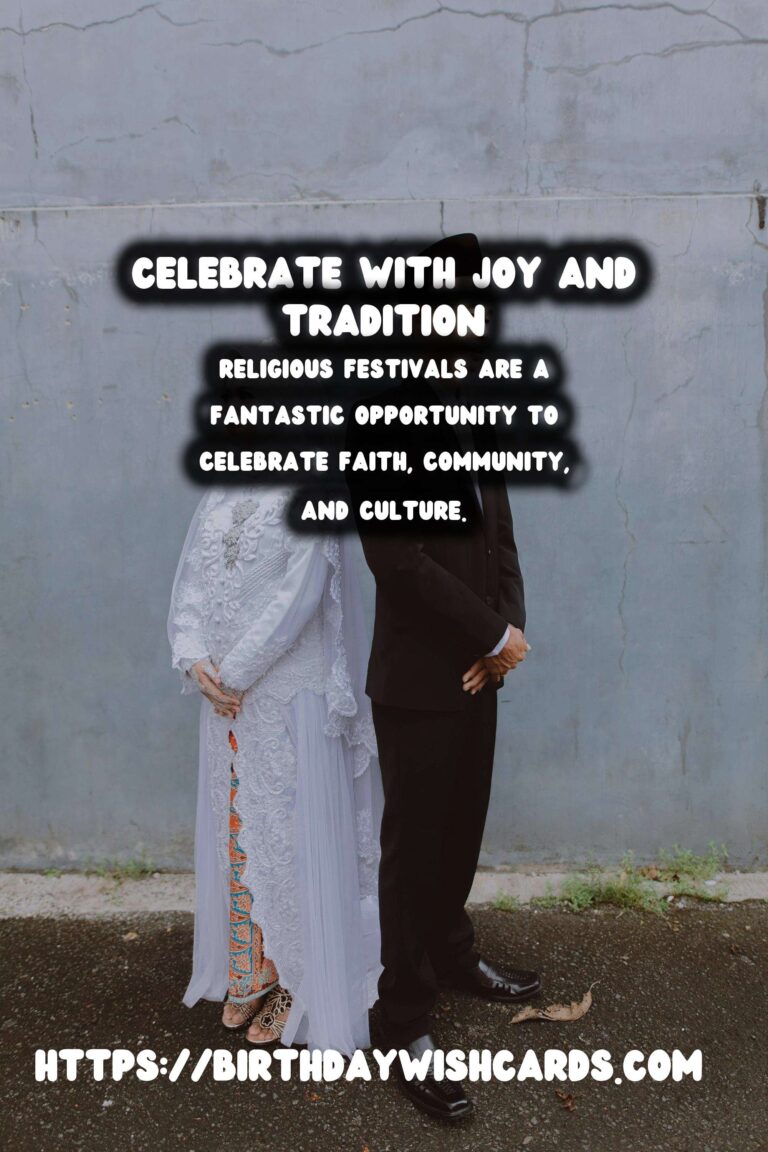Midsummer’s Day (Joninės) – An Old Tradition Celebrating the Longest Day of the Year
Midsummer’s Day (Joninės)
Midsummer’s Day, also known as Joninės, is a traditional holiday celebrated in many countries on June 23rd. It marks the beginning of summer and is celebrated with feasts, bonfires, dancing, and other festivities. Originally a pagan holiday, it has evolved into a modern celebration of nature, community, and culture. Let’s take a closer look at this ancient holiday and how it is celebrated around the world.
The Origins of Midsummer’s Day
Midsummer’s Day has been celebrated for thousands of years and has its roots in ancient pagan traditions. It was believed that on this day, the sun was at its peak, making it the longest day of the year. People would gather to celebrate the sun, the light, and the fertility of the earth. Many cultures saw this day as a turning point, where the sun would start to decrease in strength, and the days would get shorter again. This transition was marked with rituals and celebrations to ensure a good harvest and protect against evil spirits.
The Traditions and Customs of Midsummer’s Day
The celebrations of Midsummer’s Day vary from country to country, but there are some common themes and customs that are often shared. Bonfires are a staple of this holiday, and they represent the symbolic “burning away” of the old and welcoming the new. Dancing around the bonfire is also a popular tradition, with people holding hands and singing together. In some countries, young women will pick flowers and create wreaths to be worn in their hair or thrown into the fire for good luck. This tradition represents the beauty and innocence of youth and is also seen as a way to attract a potential lover.
Midsummer’s Day Around the World
In many countries, Midsummer’s Day is still celebrated with great enthusiasm, and some even have public holidays for it. In Sweden, the holiday is called Midsommar and is celebrated with traditional foods, dancing, and the raising of a maypole. This maypole is decorated with flowers and greenery and is a symbol of fertility and new life. In Finland, the holiday is called Juhannus, and it is considered the biggest celebration of the year. It is celebrated with bonfires, boating, and the traditional “bonk’s rocking” where young people swing on a large, decorated swing.
The Significance of Midsummer’s Day Today
While the pagan beliefs surrounding Midsummer’s Day have faded over time, the holiday is still celebrated and holds great significance for many. It is seen as a time to connect with nature and a reminder to value our relationships with family and community. It is also seen as a time for personal reflection and renewal. The rituals and traditions associated with Midsummer’s Day allow people to take a break from the daily grind and appreciate the beauty and power of nature.
In Conclusion
Midsummer’s Day is a holiday steeped in ancient traditions and customs that continue to be celebrated today. Its importance has evolved over time, but it remains a beloved holiday that brings people together to celebrate the beauty and magic of nature and the bonds of community and culture. Whether it’s dancing around a bonfire, picking flowers, or simply enjoying a delicious meal with loved ones, Midsummer’s Day is a special time to rejoice and make new memories.
Midsummer’s Day, also known as Joninės, is a traditional holiday celebrated in many countries on June 23rd.
It marks the beginning of summer and is celebrated with feasts, bonfires, dancing, and other festivities.
Originally a pagan holiday, it has evolved into a modern celebration of nature, community, and culture.
Midsummer’s Day has been celebrated for thousands of years and has its roots in ancient pagan traditions.
It was believed that on this day, the sun was at its peak, making it the longest day of the year.
The celebrations of Midsummer’s Day vary from country to country, but there are some common themes and customs that are often shared.
Bonfires are a staple of this holiday, and they represent the symbolic “burning away” of the old and welcoming the new.
In some countries, young women will pick flowers and create wreaths to be worn in their hair or thrown into the fire for good luck.
In Sweden, the holiday is called Midsommar and is celebrated with traditional foods, dancing, and the raising of a maypole.
In Finland, the holiday is called Juhannus, and it is considered the biggest celebration of the year.
While the pagan beliefs surrounding Midsummer’s Day have faded over time, the holiday is still celebrated and holds great significance for many.
It is seen as a time to connect with nature and a reminder to value our relationships with family and community.
The rituals and traditions associated with Midsummer’s Day allow people to take a break from the daily grind and appreciate the beauty and power of nature.
Midsummer’s Day is a holiday steeped in ancient traditions and customs that continue to be celebrated today.
Its importance has evolved over time, but it remains a beloved holiday that brings people together to celebrate the beauty and magic of nature and the bonds of community and culture.








#Midsummer #Joninės #SummerSolstice #Nature #Traditions







